Generative art is a form of art created through algorithms, mathematical functions, and code, where artists use systems like computer programs, artificial intelligence, or even physical processes to generate unique works. This art form is characterized by its reliance on procedural or rule-based systems, often incorporating randomization or parameters that influence the final output.
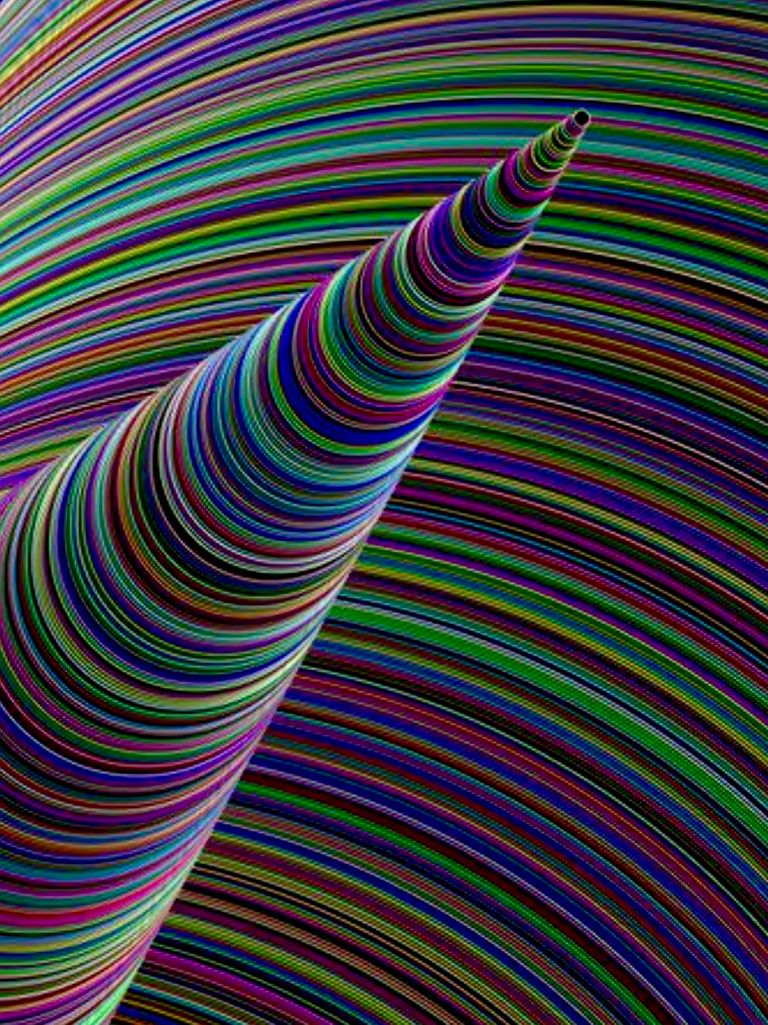
The core of generative art is a set of instructions or algorithms that define how the artwork is created. This often involves programming languages or tools designed for creative coding, such as Processing, p5.js, Python, or TouchDesigner.
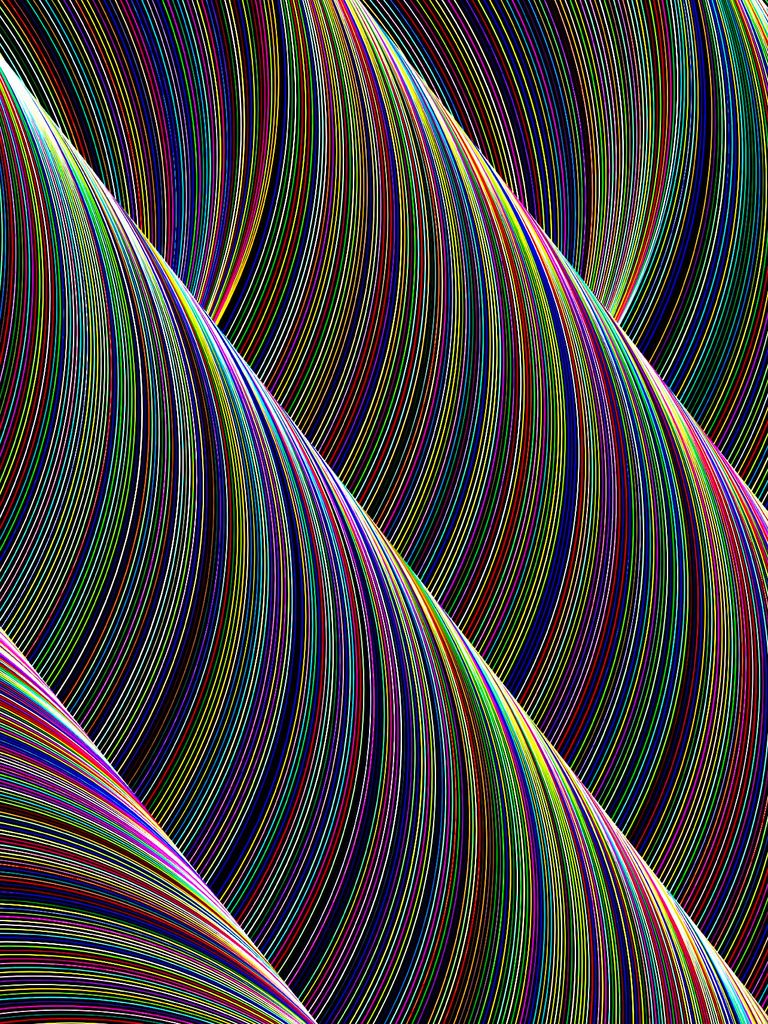
Randomization: Many generative art systems include randomness or pseudo-random elements, ensuring that each output is unique while adhering to the constraints of the algorithm. For example, a program may vary colors, shapes, patterns, or textures within defined ranges.
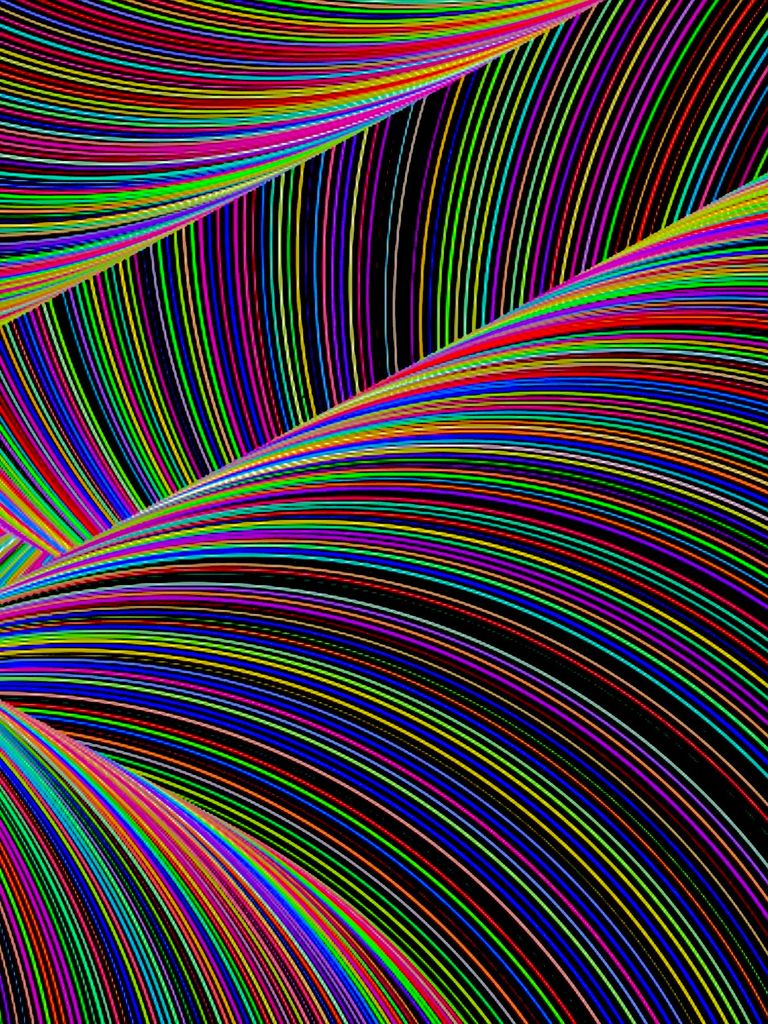
Generative art is often non-deterministic, meaning the same algorithm can produce endless variations of a piece, making each iteration unique.
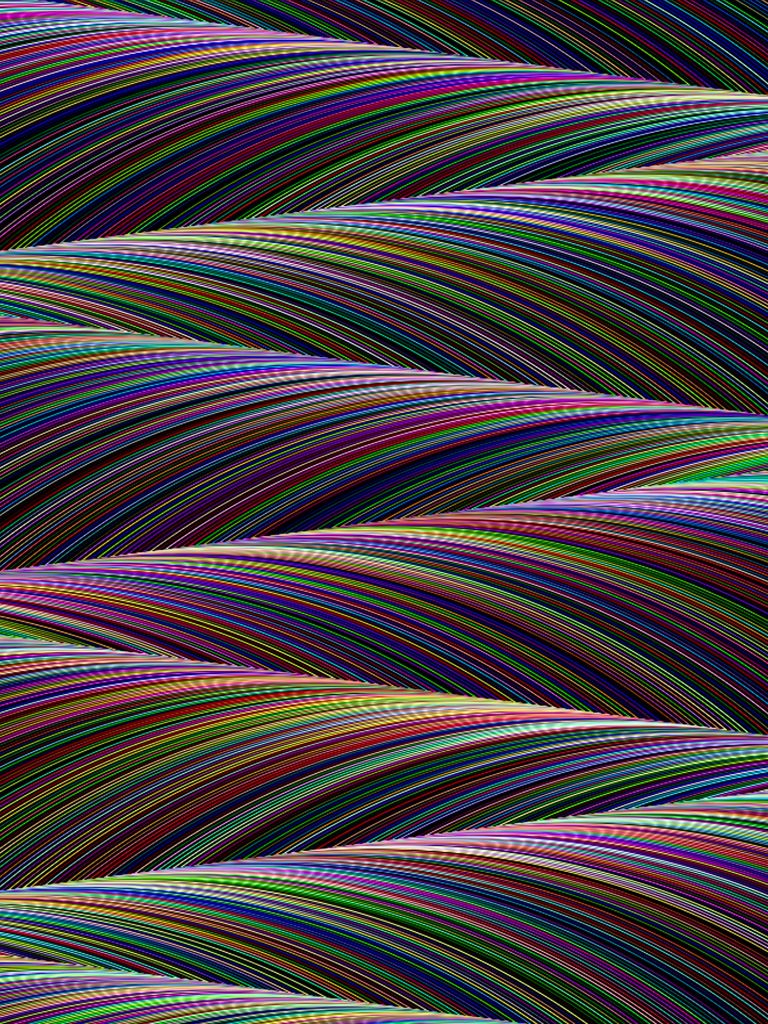
The artist defines the parameters, rules, and aesthetic vision, while the machine executes the process. This creates a partnership where the machine contributes an element of surprise or unpredictability.

Generative art is uniquely tied to the computer age because of the computational power and precision offered by modern technology. While historical precedents like the patterns of Islamic geometry or chance-based methods in Dadaist art share some similarities with generative concepts, computers have drastically expanded the scale and complexity possible. Here’s why:
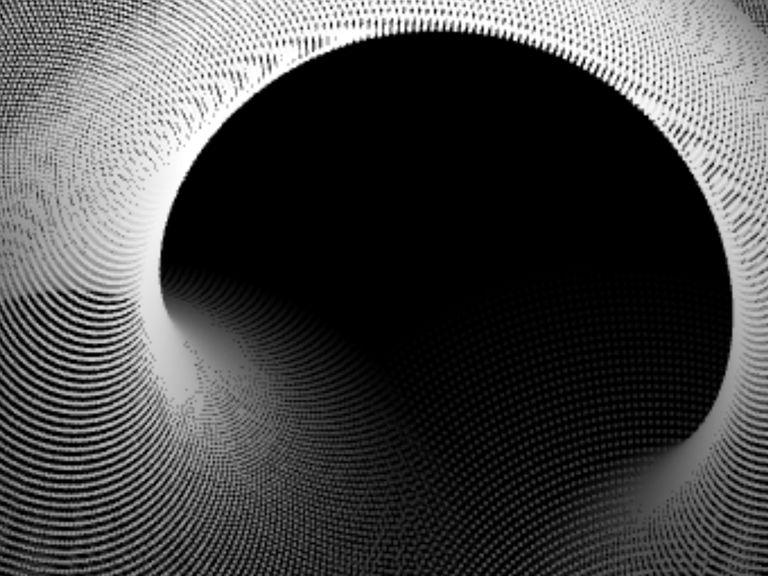
The advent of programming languages allows artists to precisely define the rules and logic of their creations, creating visuals that would be impossible or prohibitively time-consuming by hand.
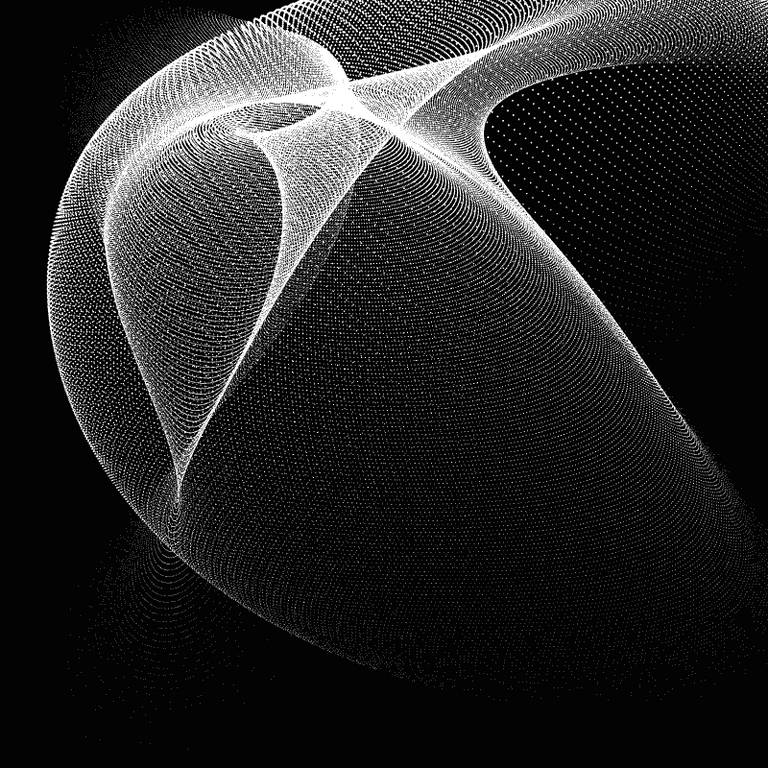
Randomized Parameters: Computers can instantly generate millions of variations by applying randomized inputs within defined constraints, opening up an entirely new dimension of creativity.
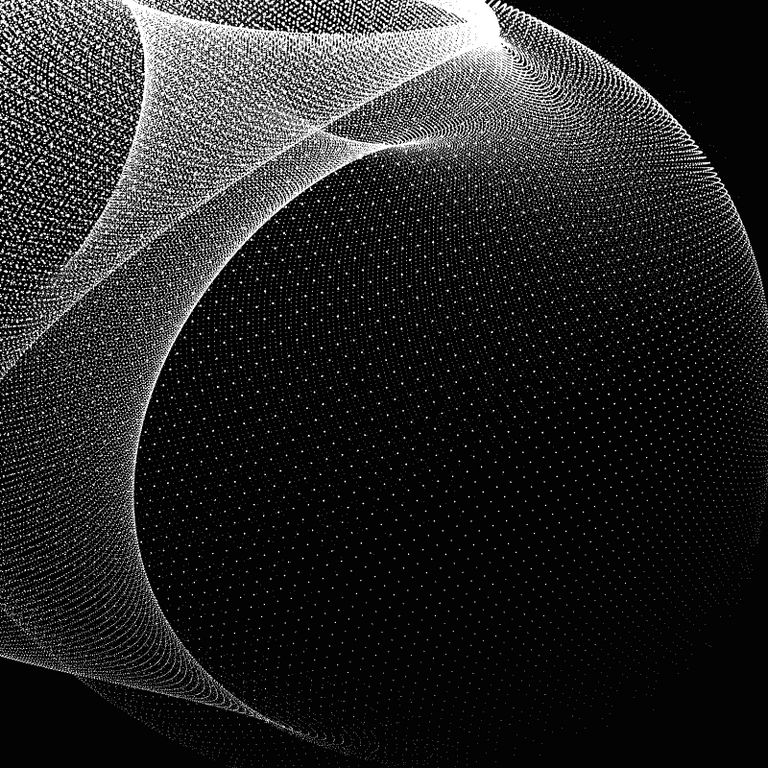
Dynamic and Interactive Art: Digital tools enable the creation of generative art that evolves in real-time or responds to external inputs like viewer interaction, environmental data, or live audio streams.
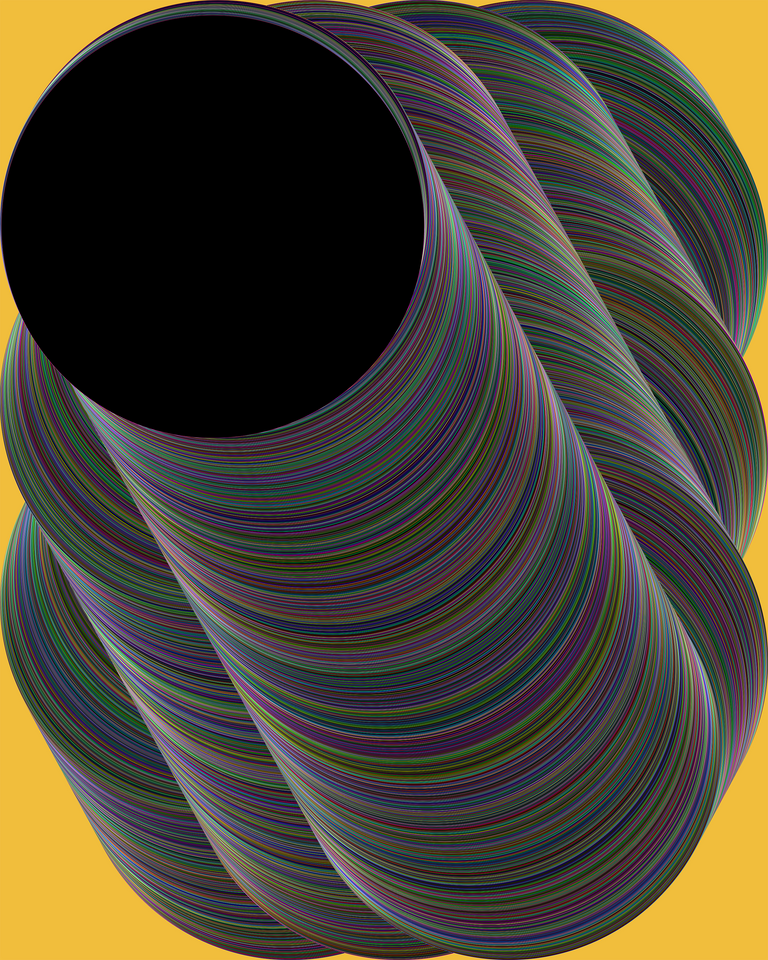
Scalability and Complexity: With digital tools, artists can create highly intricate patterns, 3D structures, or fluid simulations that are computationally derived, far exceeding the capabilities of manual methods.
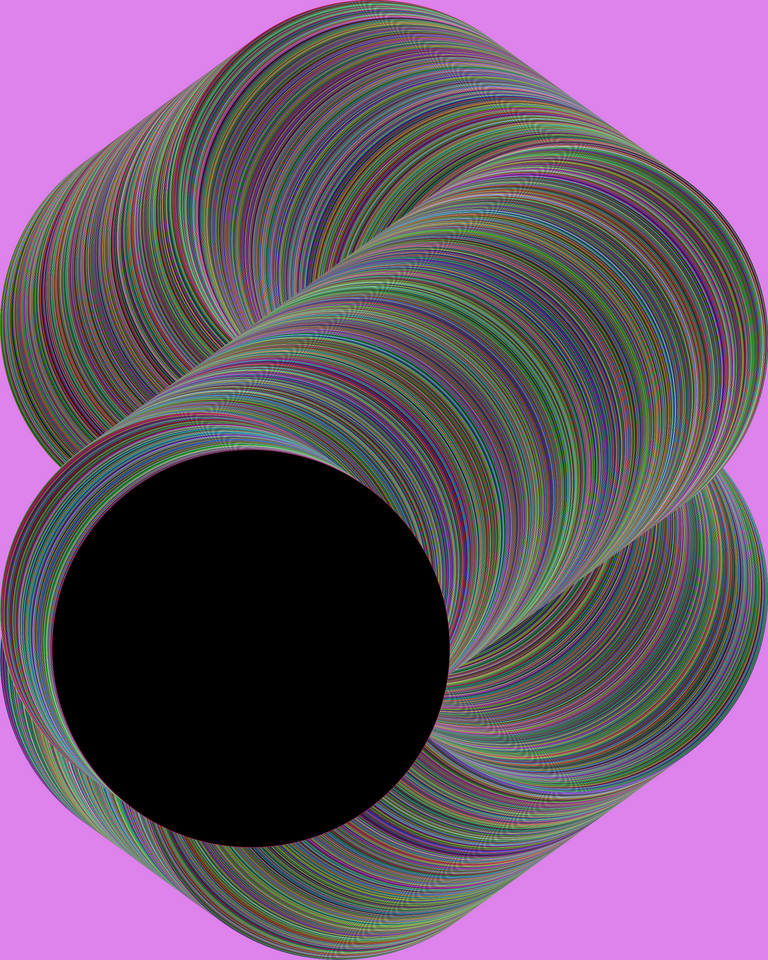
Access to Infinite Iterations: Unlike traditional methods, generative art provides virtually infinite possibilities from a single algorithm. This infinite potential embodies the ethos of the digital age: exploration, variability, and innovation.

Generative art exemplifies the synergy between human creativity and computational innovation, making it a uniquely modern exploration of aesthetic expression. It stands as a testament to how the digital revolution has reshaped artistic practices, offering new tools and methods to expand the boundaries of creativity.
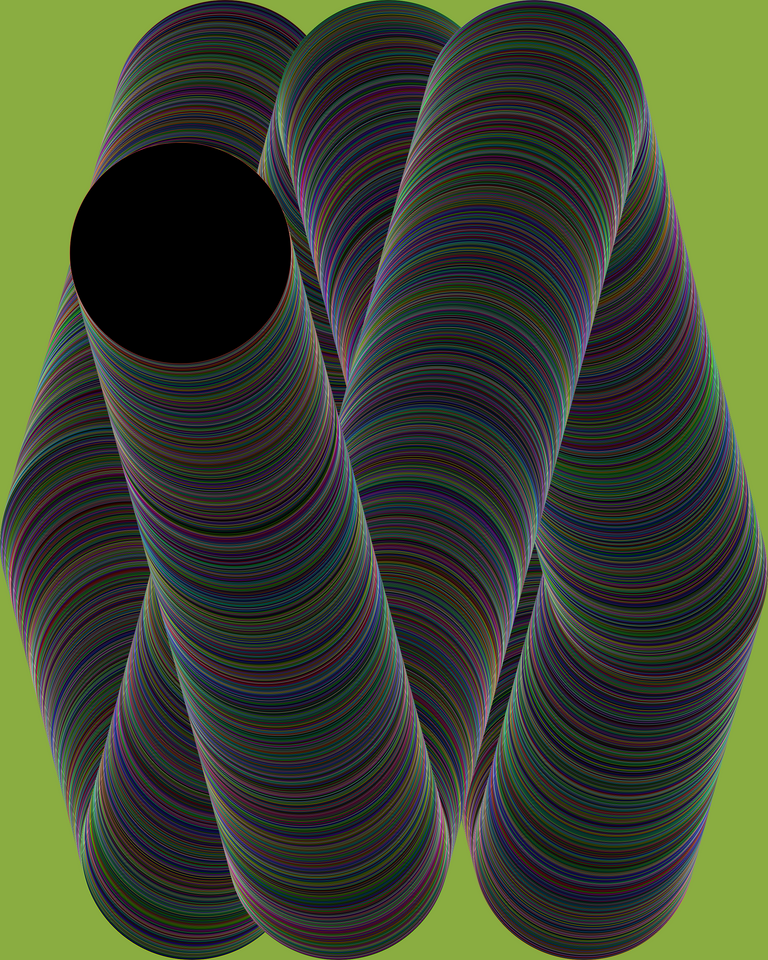
Get out there and start creating! Enjoy ✨